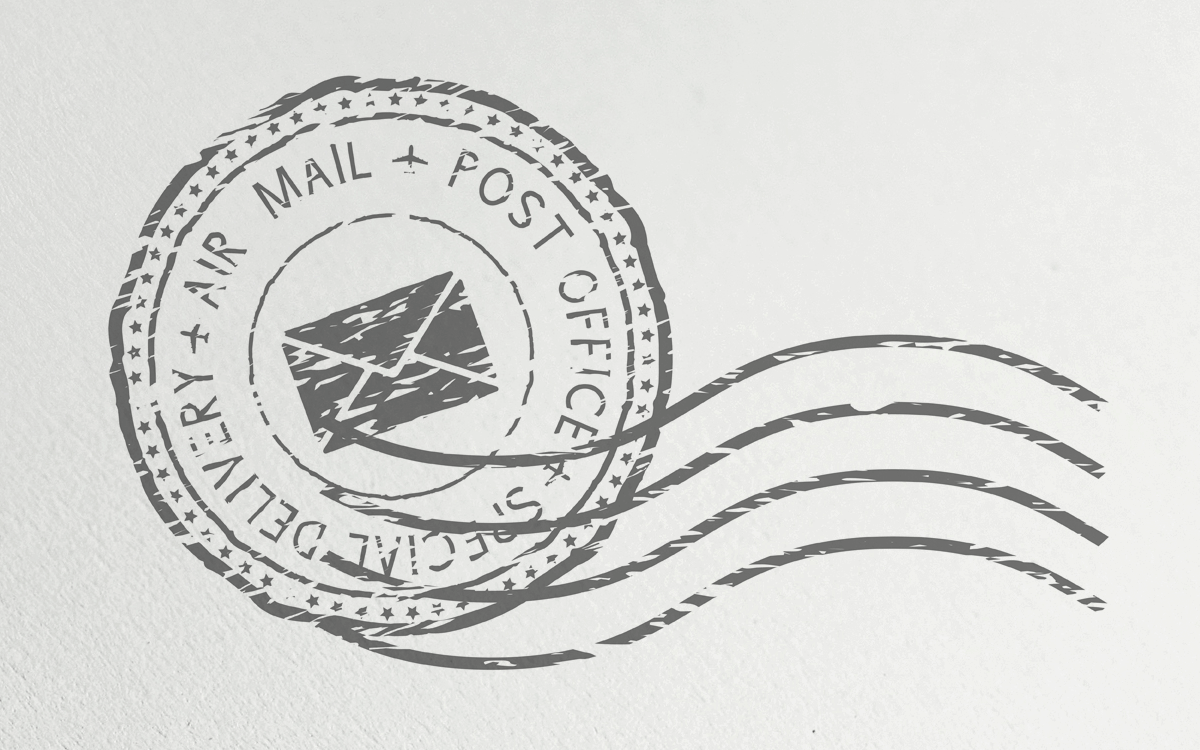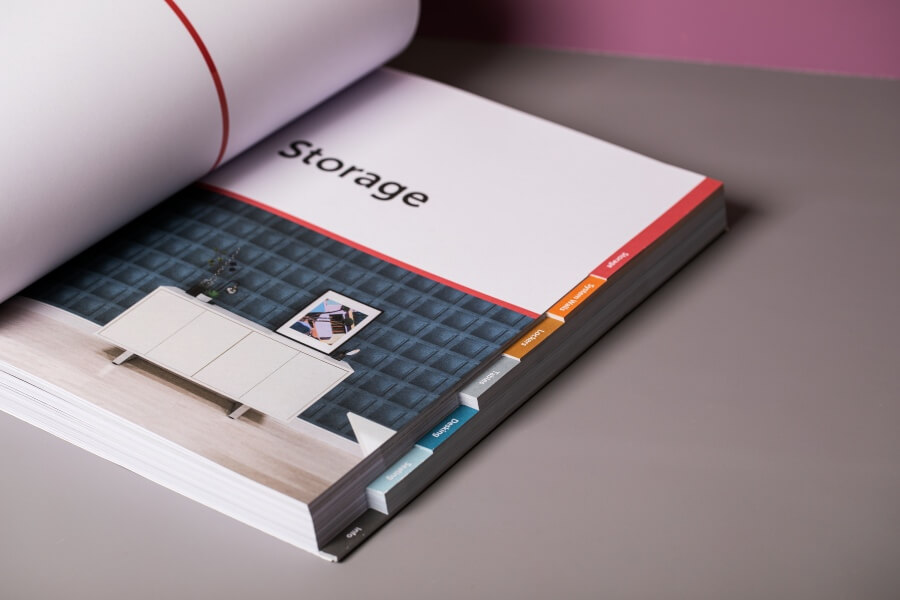Brochure mailing

Do you understand all the different ways to mail your brochure? We thought it would be helpful to give a simple outline here. There are plenty of other shipping methods, but I have limited it to the most common ones used for brochure and catalogue mailing.
Poly & carrier – This is normally the cheapest and most commonly used. Your brochure is enclosed in a clear polythene wrap with a separately printed sheet called the carrier, which has the recipients address, the return address and the postmark details (The postmark is sometimes called the indicia). The carrier can be colour printed with your branding so long as enough space is allowed for the mail details. The reverse of the carrier is often used for a covering letter for the recipient, or we can insert a separate sheet for the letter if preferred. We can use a compostable polythene which is a little more expensive, but it is obviously better because it can be dropped in home composting bins or the council green waste and breaks down within a year.
Window envelope – This is the traditional mailing method where we print a cover letter with the recipient’s name and address at the top, aligned so it shows through the window of the envelope. The postmark and the return address is printed on the face of the envelope. This method does cost a little more because of the cost of the paper envelope and it is two print runs required; letter and envelope. The benefit is that it’s not using plastics and far more eco-friendly because the paper envelope is both sustainable and recyclable.
Non-window envelope – This method prints the address detail on the face of the envelope which is great if the contents are not personalised. If the recipient’s name is on the contents then you have the additional task of matching the correct contents to the same envelope. This can either be done by hand and eyeball for smaller quantities and with higher quantities that run on the machines it’s camera matching or sequential number and stopping the machine to check regularly. It’s an extra cost, so it normally doesn’t pay to have personalised contents in a non-window envelope unless there is a specific reason for it.
Self-mailer – This is the leaflet sent without envelope or poly to protect it. The address and postmark is printed directly onto the card and mailed. It needs to be card, not paper, so it holds flat while being processed through the mailing sorting office.
Sorted or unsorted mail – Sending your brochure by sorted mail is far cheaper postage than unsorted. Sorted mail is for larger quantity mailing where the addresses are sorted into the postman’s walk area, so the Royal Mail sorting office doesn’t need to filter and divide the mail physically. The data is sorted before it’s printed, then once printed, the envelopes are bagged and tagged in walksort order and sent to the local areas without any need to sort again. Any standard franked or stamped mail you send from your office would be unsorted. There are a few minimums in place for sorted mail, 1000 for the C4 large letter and 4000 for the C5 letter size mail. Items over 750g falls into the Royal Mail small packet rates, but most brochure mailing are within 750g and generally over 1000.
Heavy Catalogues or multiple books – Anything over 750g must mail as a small packet and can’t be pre-sorted. We can still send as polywrap and carrier but paper envelopes are not recommended for these heavier mailings because they tear too easily, but there are board envelopes or book wraps that work well.
Broadly, just ask us to mail and we’ll sort out the best way for you.

